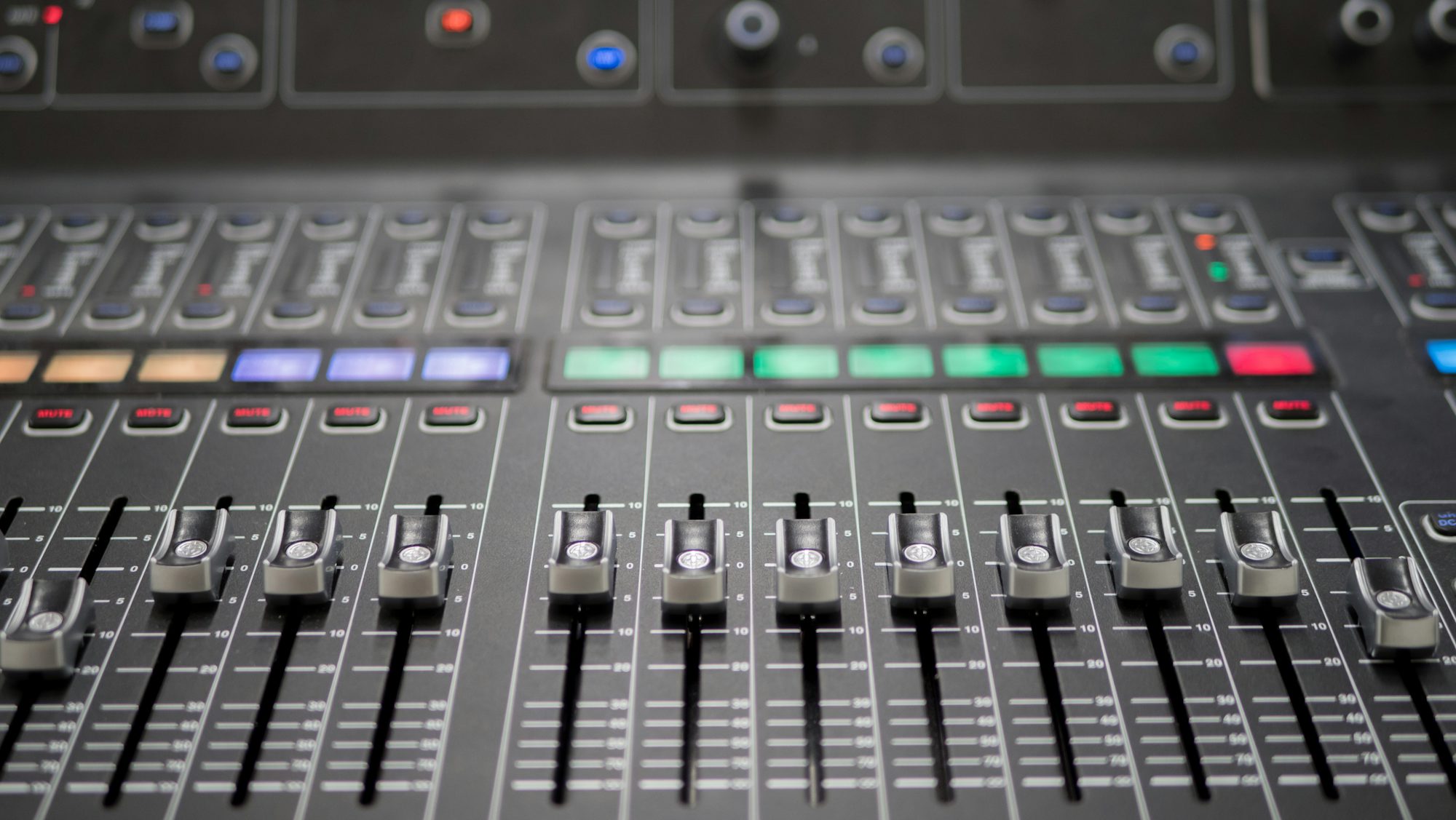Music production is an intricate art form that blends technical skill with creative vision, transforming raw ideas into polished hits. The journey from a simple melody or lyric to a fully produced track involves various stages, each crucial to crafting a compelling listening experience. This article explores the essential elements of music production, the tools of the trade, and the creative processes that define the modern music landscape.
At its core, music production begins with songwriting, the foundation of any great track. Songwriters often draw inspiration from personal experiences, emotions, and observations, weaving together melodies and lyrics that resonate with listeners. Collaboration is a common practice in songwriting, as artists often work together to refine their ideas, blending different styles and perspectives to create something unique.
Once a song is written, the next step is arranging the composition. Arrangement involves structuring the song’s sections—such as verses, choruses, and bridges—to create a cohesive flow. Producers play a vital role at this stage, as they determine the song’s overall vibe and how each element fits together. The arrangement sets the stage for the sonic landscape, guiding how instruments and vocals will interact throughout the track.
With the arrangement in place, it’s time to move into the recording phase. This is where the magic happens, as musicians bring their parts to life in the studio. Modern recording technology has made it easier than ever to capture high-quality performances. While traditional recording methods required large analog equipment, today’s digital audio workstations (DAWs) allow producers to record, edit, and mix music with remarkable precision.
During recording, each instrument and vocal track is captured individually. This multi-tracking approach enables producers to layer sounds, creating a rich and immersive sonic experience. Vocalists often record multiple takes to capture the best performance, allowing producers to choose the most compelling phrases or combine them for a more polished result. Similarly, musicians may experiment with different takes to find the perfect sound for each part, ensuring that the final mix is cohesive and engaging.
Once all elements are recorded, the next stage is editing. Editing involves refining the tracks, adjusting timing, pitch, and any imperfections to achieve a seamless sound. Producers use various tools within their DAWs to edit recordings, aligning notes and beats to ensure everything is in sync. This step is crucial, as it lays the groundwork for the mixing process, ensuring that each element is well-prepared for the final blend.
Mixing is where the individual tracks come together to form a unified piece of music. This stage requires a keen ear and a deep understanding of sound. Producers adjust the levels of each track, ensuring that no instrument overpowers the others while still allowing each part to shine. Techniques such as panning, equalization, and compression are employed to create a balanced mix, enhancing the clarity and depth of the sound.
Panning distributes sounds across the stereo field, creating a sense of space and dimension. By placing instruments and vocals in different locations within the stereo spectrum, producers can craft a more immersive listening experience. Equalization helps shape the tonal quality of each track, allowing producers to enhance or reduce specific frequencies, making it easier for listeners to identify different elements within the mix. Compression controls the dynamic range, ensuring that no part of the song is too quiet or too loud, resulting in a polished sound that maintains energy throughout.
After mixing, the final step is mastering. Mastering is the process of preparing the mixed track for distribution, ensuring that it sounds great on all playback systems, from headphones to speakers. This stage involves making subtle adjustments to the overall mix, applying final equalization, compression, and limiting to achieve a cohesive sound across all platforms. Mastering engineers have specialized knowledge and equipment that allow them to optimize tracks for commercial release, ensuring they meet industry standards.
Beyond the technical aspects of music production, creativity plays a crucial role in the process. Producers often experiment with different sounds and techniques, pushing the boundaries of conventional music-making. This experimentation can lead to new genres, innovative styles, and unique sonic textures that capture the attention of listeners. Collaborating with other artists, producers can blend diverse influences, creating fresh and exciting music that resonates with a wide audience.
Technology has also revolutionized the music production landscape. Advancements in software and hardware have expanded the possibilities for producers, enabling them to explore new sounds and workflows. Virtual instruments, sample libraries, and plugins offer an extensive array of tools that allow producers to create virtually any sound they envision. The rise of home studios has democratized music production, allowing aspiring musicians to create high-quality recordings without the need for expensive equipment or professional studio space.
In addition to the technological advancements, the rise of social media and digital distribution has transformed how music is released and consumed. Producers and artists can now share their work directly with fans, bypassing traditional gatekeepers in the industry. This shift has empowered independent musicians to build their brands and reach global audiences, fostering a vibrant community of creators who continue to push the boundaries of music.
As the music industry continues to evolve, the role of producers remains vital. They are not only responsible for the technical aspects of music production but also serve as creative partners, guiding artists through the process and helping them realize their vision. The collaborative nature of music production fosters an environment where creativity thrives, resulting in tracks that resonate with listeners on a profound level.
In conclusion, the art of music production is a dynamic and multifaceted process that combines technical expertise with artistic expression. From songwriting to mastering, each stage of production is crucial in crafting the sounds that define our musical landscape. As technology advances and the industry evolves, the possibilities for music production will continue to expand, inspiring future generations of artists and producers to create innovative and impactful music. Whether in a professional studio or a home setup, the passion for crafting great music remains at the heart of every production.


